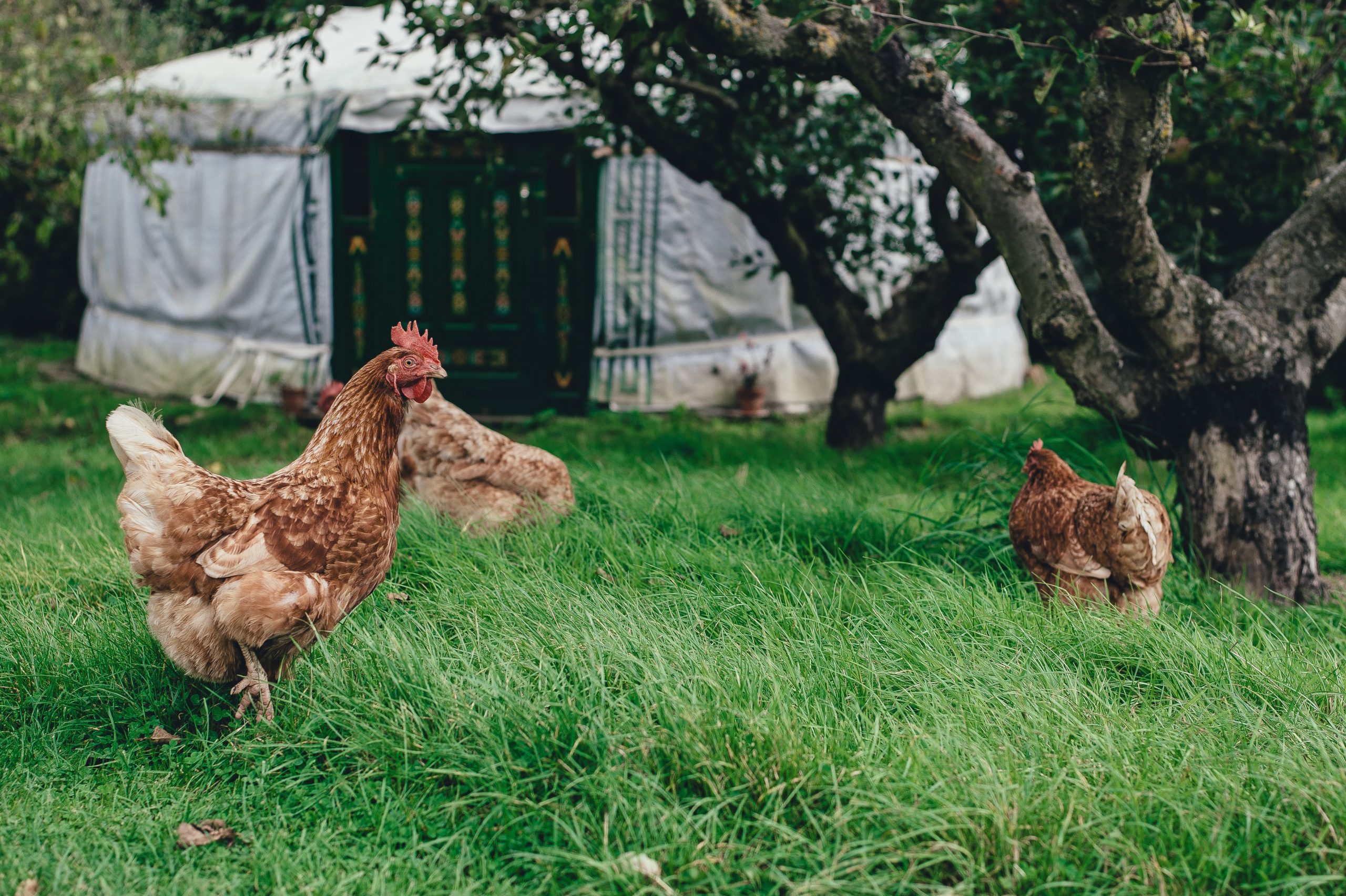

Back when hunting was the primary way to get food, people made sure to use every piece of the animal — they didn’t experience disposal problems with waste materials. Animal bones were turned into tools, hides into clothing and fat into cooking ingredients. The same efficient approach can apply to today’s processing methods for food production with animal rendering services.
The North American Renderers Association (NARA) found that about 50% of an animal is considered inedible — but that doesn’t mean unusable. Rendering is a way to reuse those parts of the animal typically considered waste materials. The rendering process allows people to turn animal by-products into valuable commodities, such as fuel, personal care products, animal feed and fertilizer. It even has significant benefits for converting wastewater into water and minimizing your carbon footprint and greenhouse gas emissions.
We offer animal rendering services at Baker Commodities to help our customers make the most of their animal by-products.
Rendering is recycling waste products, such as grease, hides and animal tissue such as fat, to create new commodities. For instance, the rendering industry can make rendered beef fat into oleic acid, stearic acid, glycerin or linoleic acid, as well as animal feed, biofuel and soap.
Animal rendering plants don’t use one set process. However, many of these materials are ground up and separated into fats and proteins, which are then purified or shaped according to the finished product’s needs.
Some of the animal tissue and waste products that we can work with include:
If your work processes include disposal problems with any of these items, Baker Commodities can take the waste off your hands and turn it into new goods, helping the environment and economy. One popular version of this is our grease management services, where we take and render used cooking oil — which often starts out as animal fat.
From those ingredients, animal rendering plants such as ours can provide materials for the production of:
Animal rendering services offer a range of benefits for the environment, the economy and individuals:
As for economic benefits, the rendering industry is very stable and generates value from otherwise waste materials. It even supports food security and job creation.
At Baker Commodities, we offer a wide range of animal rendering services to help you get more value from your products and positively impact the environment — all without a complicated process on your end. We can provide everything from pickup and collection services to the sale of products created by the rendering process.
We’re carbon negative and have been an industry leader since 1937. To learn more about our rendering services, reach out to a representative today and view our locations.
